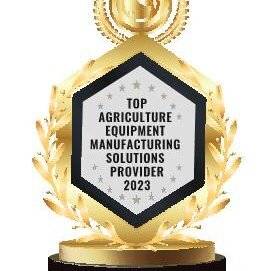Where Does it Fit?

When a business wants to add an optical sorter to an existing facility, there are some immediate critical “Where Does It Fit” questions: Where does it fit into the flow of the existing production line ? Where does it fit into the available space ? There isn’t always an obvious spot for the new equipment and the requisite supporting equipment.
Optical sorters have so many capabilities enabling them to simultaneously detect and sort for light and dark seeds, color defects, impurities, plus seed size and shape. These technological marvels can sort for just about any color in the spectrum. Where to place them in the production line is a debated topic. Some operators want optical sorters placed before density separation to throw away less good material. Others want to position the optical after the density to allow the operator to see the trash pattern on the deck surface and set the gravity optically.
“Optically set the gravity,” that’s a weird phrase, huh? Optical sorting is not a replacement for density separation because they do vastly different things, although both machines can remove many of the same impurities. Precision density separation is based on meaningful differences in test weights, essentially weighing the product with air to separate lighter impurities, while optical sorting is based on the seeds’ visible differences, removing impurities by tone, color, defect, size, or shape. Optical sorting combined with precision density separation provides the best defense against impurities that can occur from year to year.
Is your product good enough to meet purity requirements, or could an optical plus gravity combo improve your seed quality and help you stand out from the competition ? Modern machines with touch screen controls allow an operator to store settings or recipes to provide a baseline starting point for different crop conditions. This is a huge benefit when training new operators and getting started with each new crop, and helps whether you are optical or density separating corn, soy, wheat, vegetables, sunflowers, or even hemp seed. Looking ahead, plans are afoot to incorporate automatic sampling of discharge test weights into gravity separator calibration.
We have had the pleasure of working on many installations with Buhler-Sortex optical sorters and Oliver Manufacturing density equipment. Regardless of “Where it Fits,” we can recommend the best solution and ultimately deliver what our customer asks.



